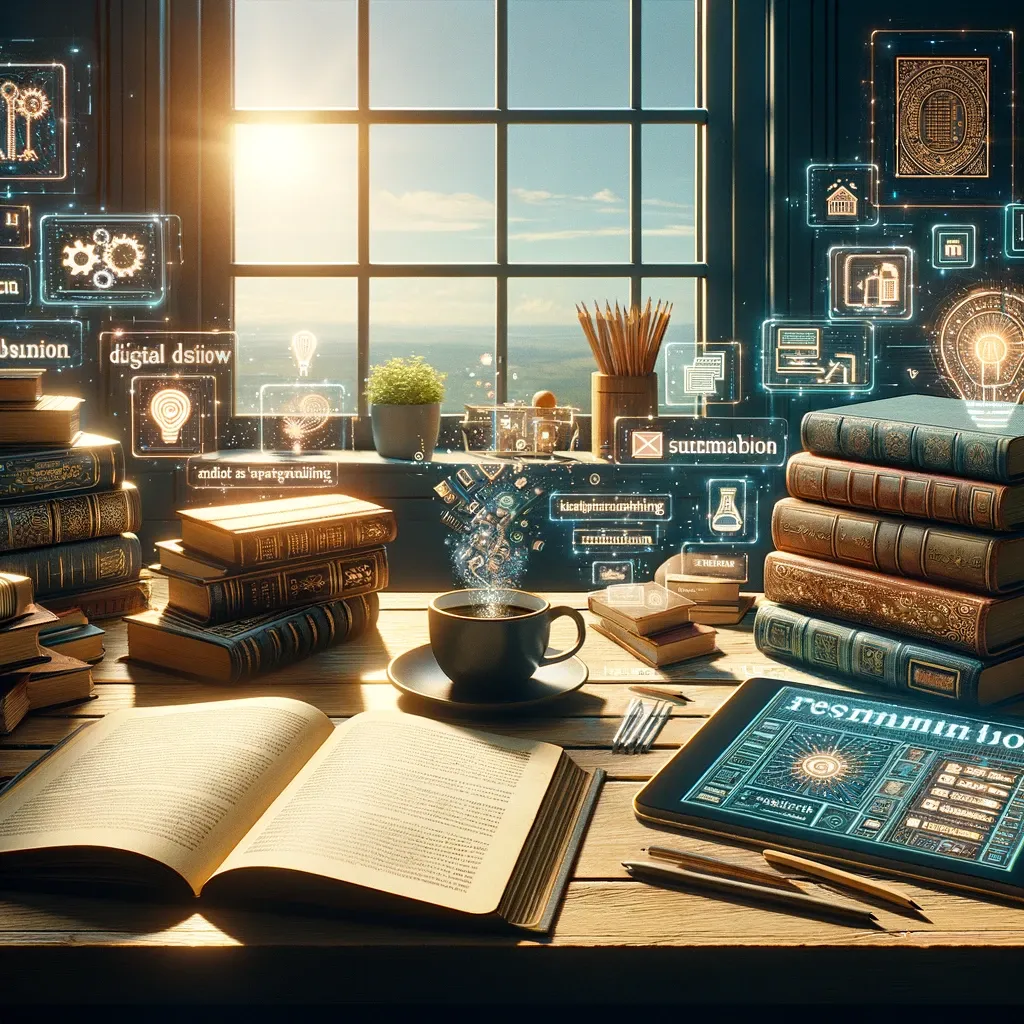ChatGPT: Unveiling an Effective and Engaging Approach to Reading Books

Reading is a beacon of knowledge in the lifelong learning journey, offering pathways to myriad destinations. Yet, as I reflect on my reading habits, I've come to recognise the existence of distinct reading methodologies, each serving a unique purpose in the quest for understanding.
1. The Quest for Practical Knowledge: How to Achieve X
Firstly, there's the pursuit of practical knowledge—reading to discover "How to achieve X." This includes mastering skills ranging from personal effectiveness and product development to communication. It's a direct approach, seeking to equip oneself with the tools necessary for achievement and growth.
2. The Chronicles of History: Who, What, When, Where
Then, we delve into the annals of history and development, akin to embarking on a time-travelling expedition. Books like "Sapiens" offer panoramic views of human evolution, inviting readers to explore the "Who, What, When, and Where" of our collective past.
3. Unraveling the Mechanisms: Understanding Why
Lastly, there's the exploration of mechanisms—seeking to comprehend the "Why" behind phenomena. Whether demystifying interest rates or delving into the intricacies of reinforcement learning, this approach transcends surface-level understanding, inviting a deeper inquiry.
This classification hinges not on the author's intentions but on the reader's objective. For instance, while a book on reinforcement learning aims to elucidate its mechanisms, a reader might leverage it to master programming a task in Python.
Adapting Reading Strategies: The Role of Detail and Retention
Acknowledging that not all reading requires the same depth of engagement is crucial. This realisation springs from a practical viewpoint: we neither need nor manage to perform at maximum capacity across all domains. For instance, a data scientist might find little direct career advancement from delving into human history, yet such exploration enriches the mind.
In today's digital age, the plethora of online articles, videos, and newsletters caters to the casual reader, providing bite-sized insights without the commitment a book demands. Despite this convenience, I've observed that the depth and quality of information in books often surpass digital content.
Bridging the Gap with Technology
So, how do we reconcile the richness of books with the accessibility of digital media? My approach involves integrating technology to distil complex information without compromising on quality. Here's how I leverage ChatGPT to enhance my reading experience:
- Upload the PDF file to ChatGPT.
- Prompt ChatGPT for a comprehensive summary to grasp the book's essence.
- Request chapter-by-chapter summaries for deeper insights.
- Inquire about specific sections for targeted information.
- Ask ChatGPT to consolidate our discussions into a cohesive summary.
- Seek examples and elaborations for a richer understanding.
This methodology is particularly effective for practical knowledge acquisition and historical explorations. Through ChatGPT's assistance, I often bypass the need for re-reading, finding satisfaction in the synthesised knowledge provided. However, when understanding complex mechanisms, I combine ChatGPT's summaries with a thorough reading for deeper comprehension and retention.
By tailoring our reading approach to our objectives and leveraging AI for summarisation and understanding, we unlock a more efficient and enriching learning experience. As we continue navigating the vast ocean of knowledge, let us remain open to the myriad ways technology can enhance our journey.
Comments ()